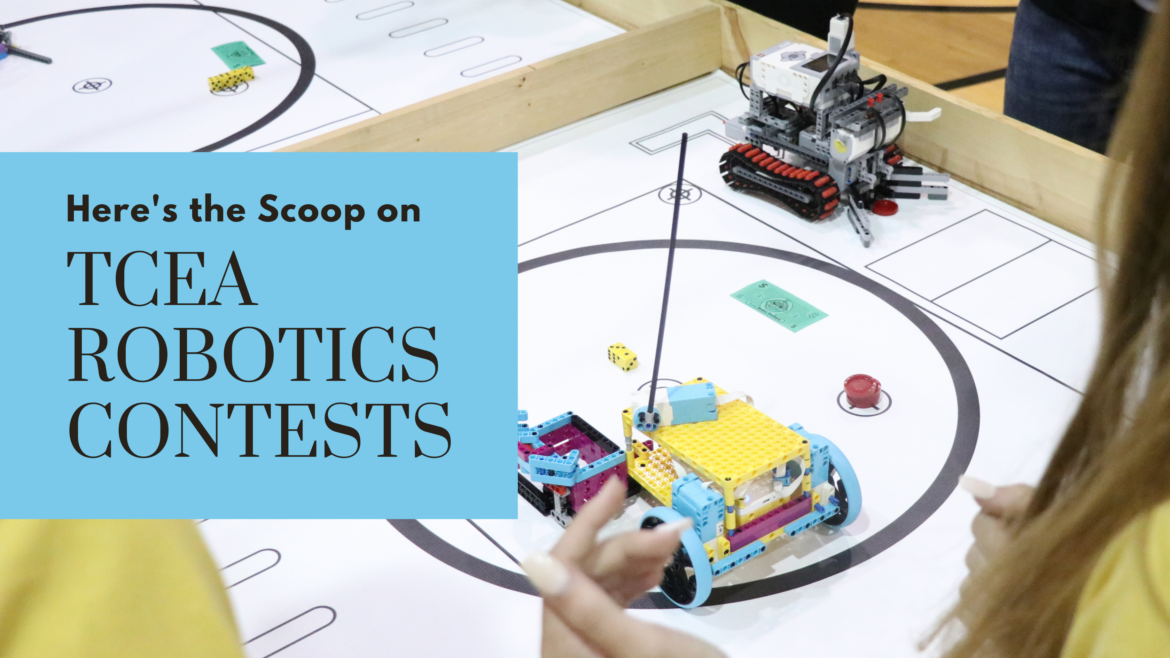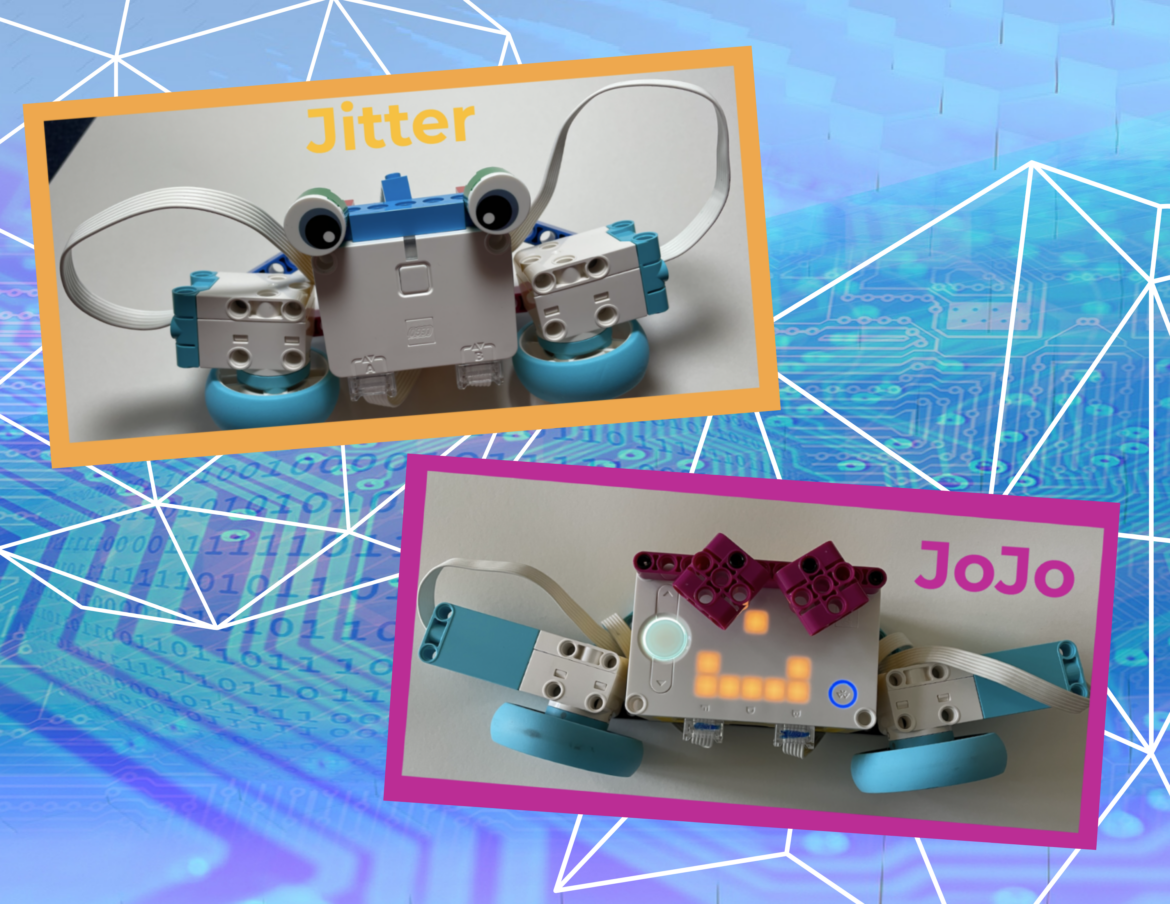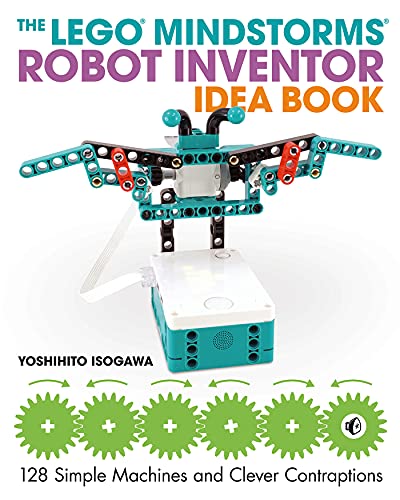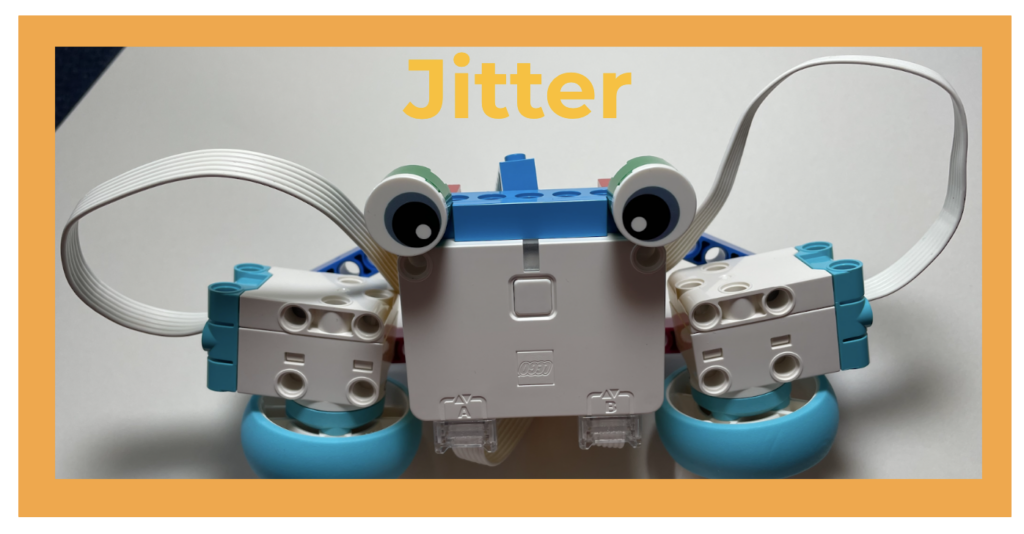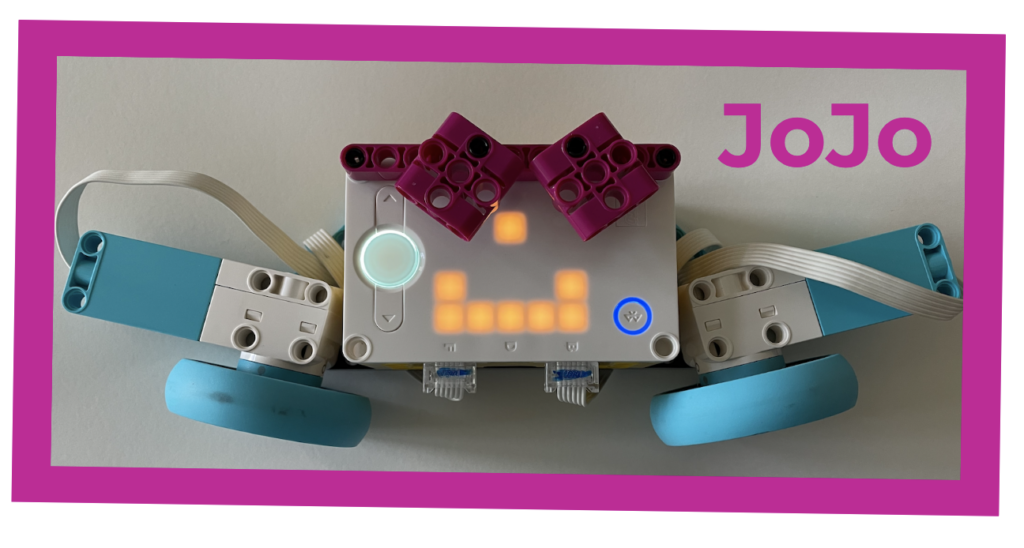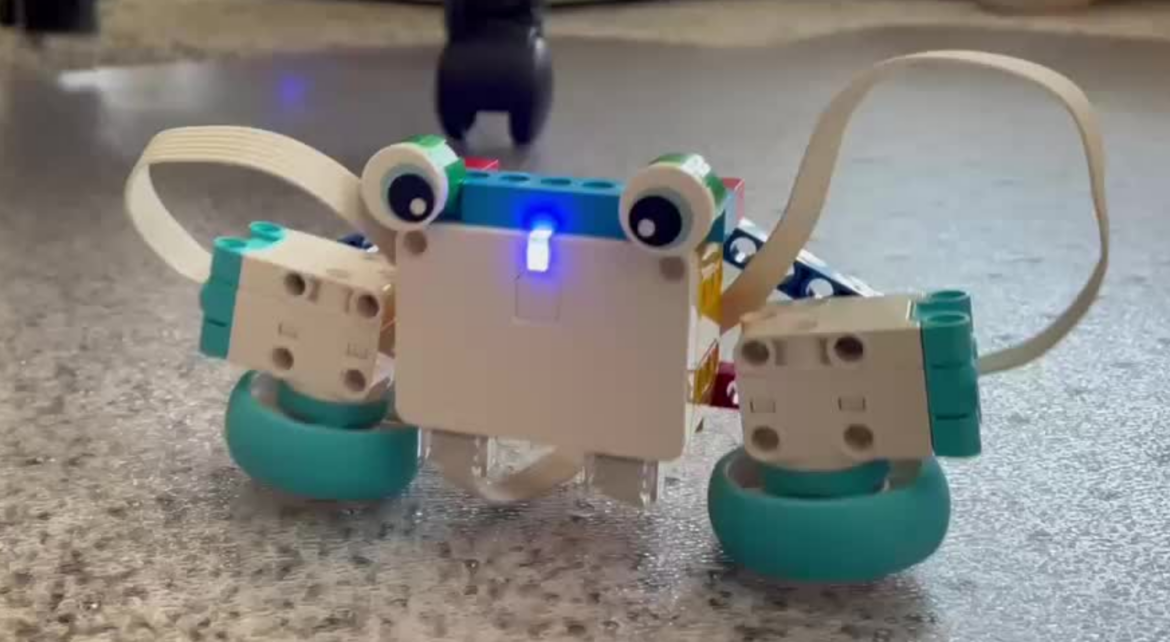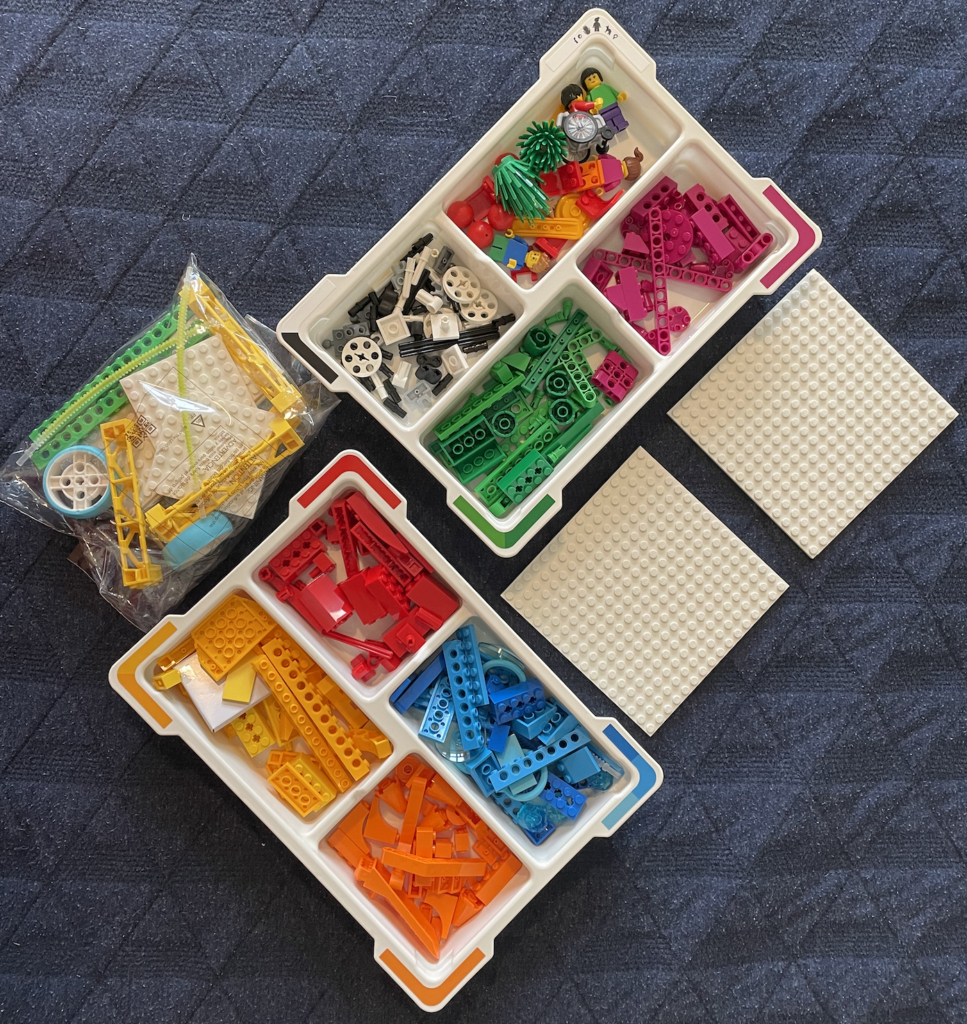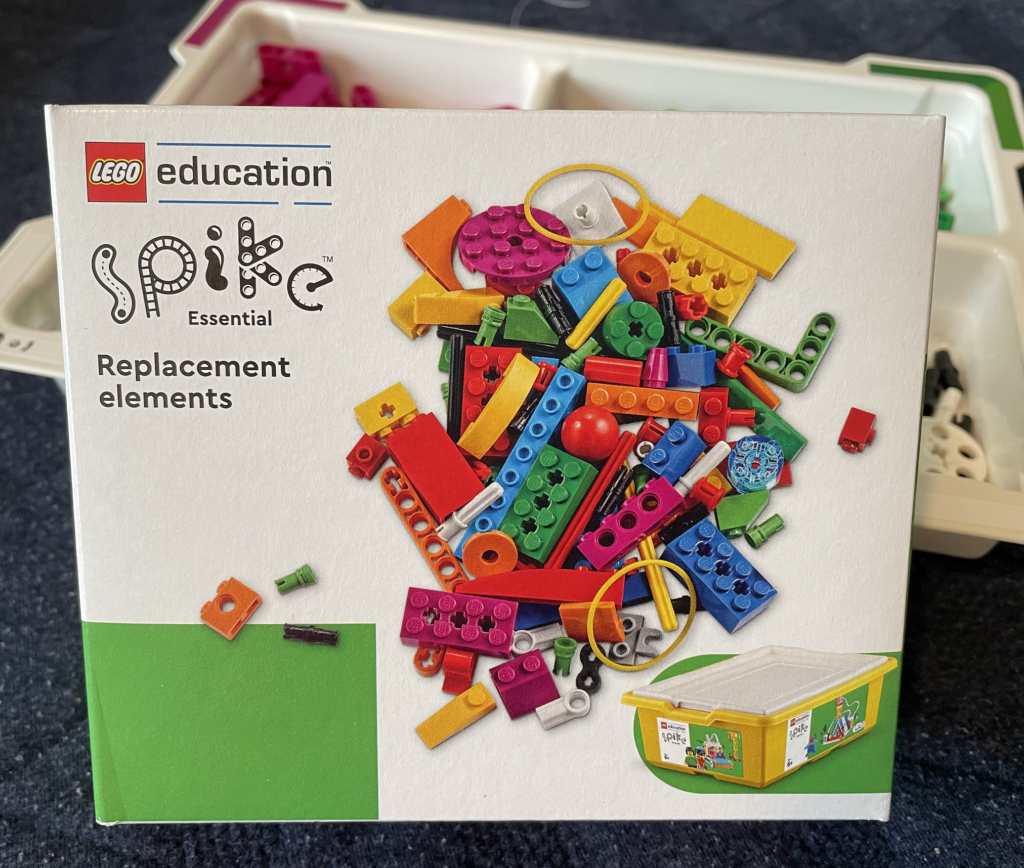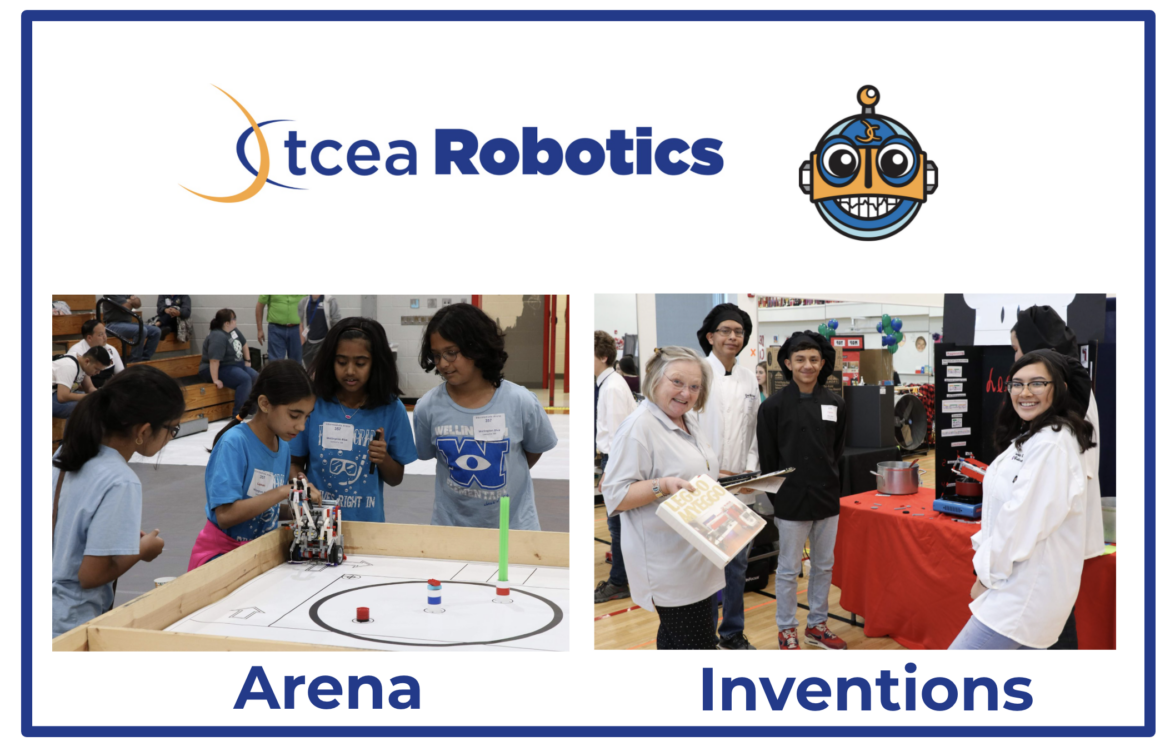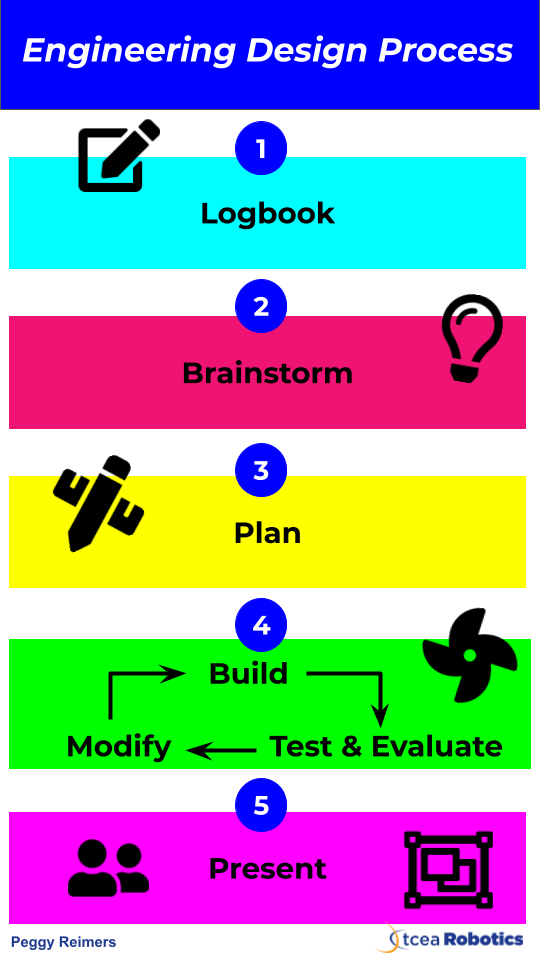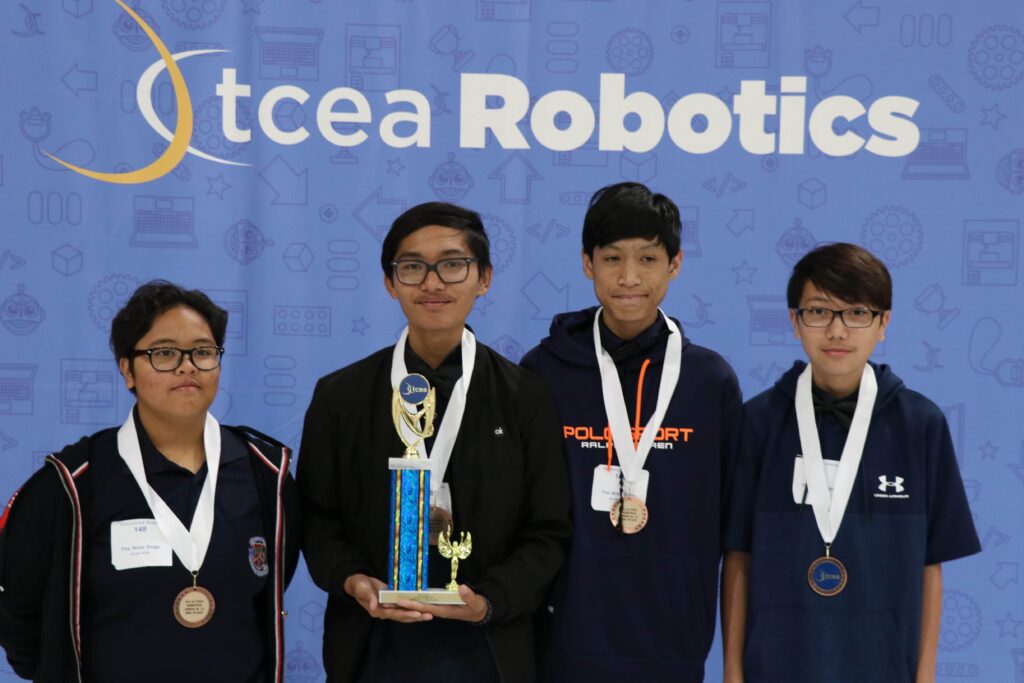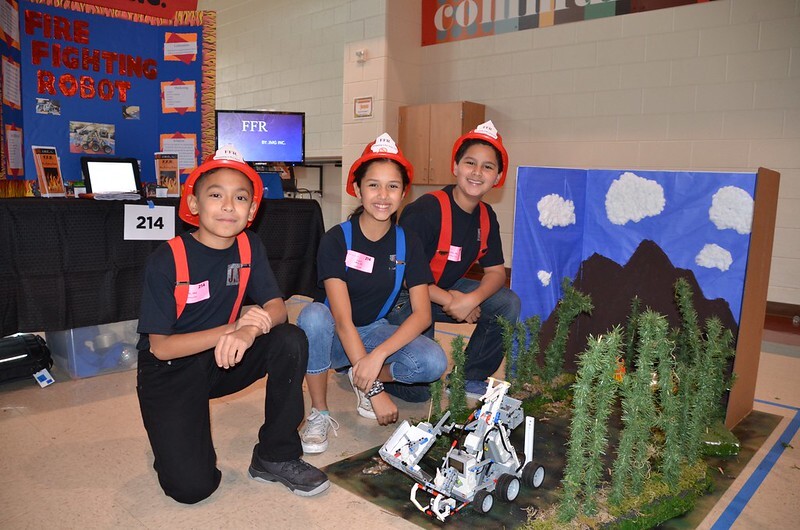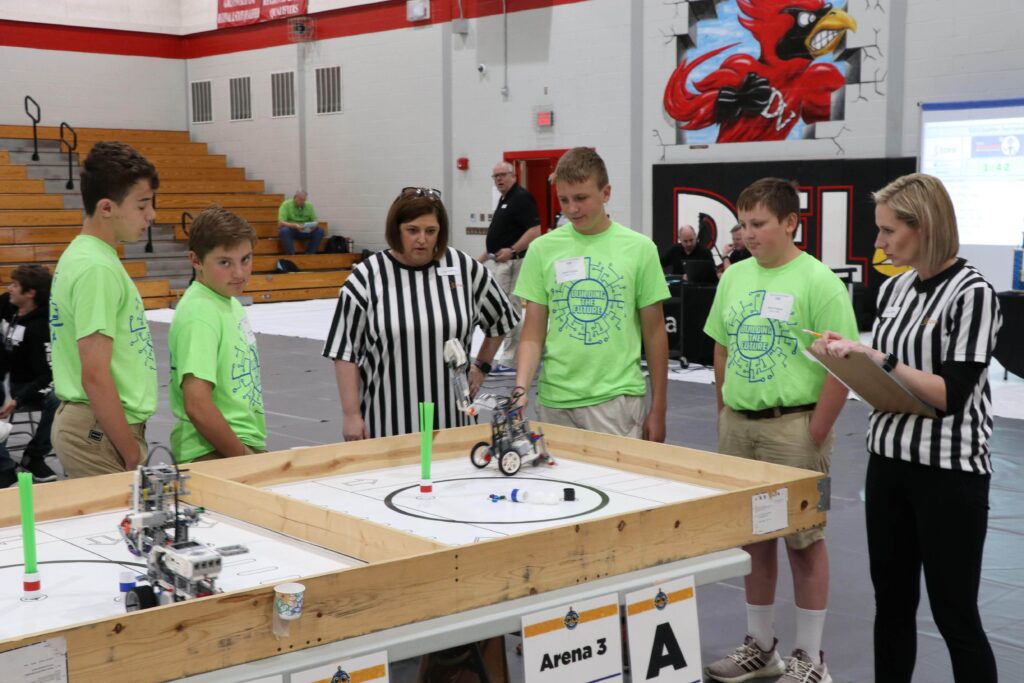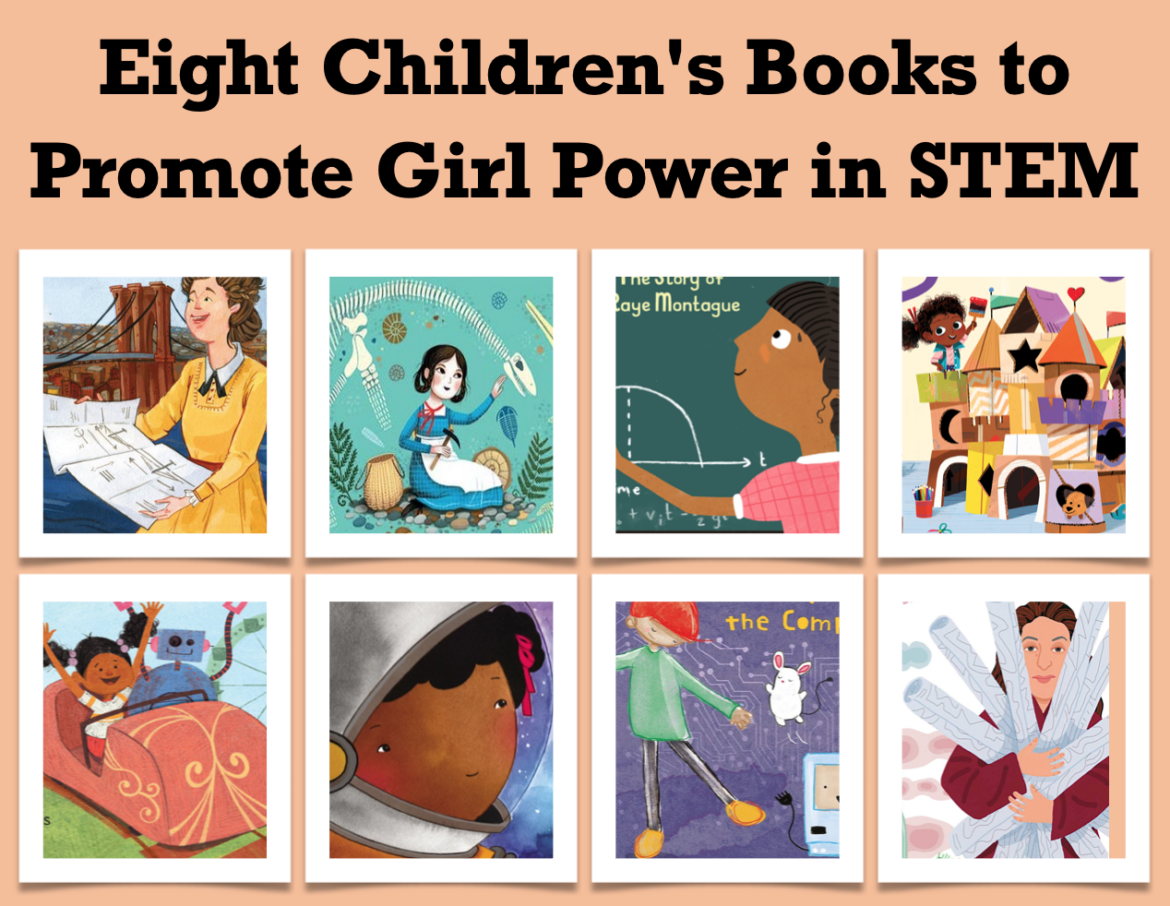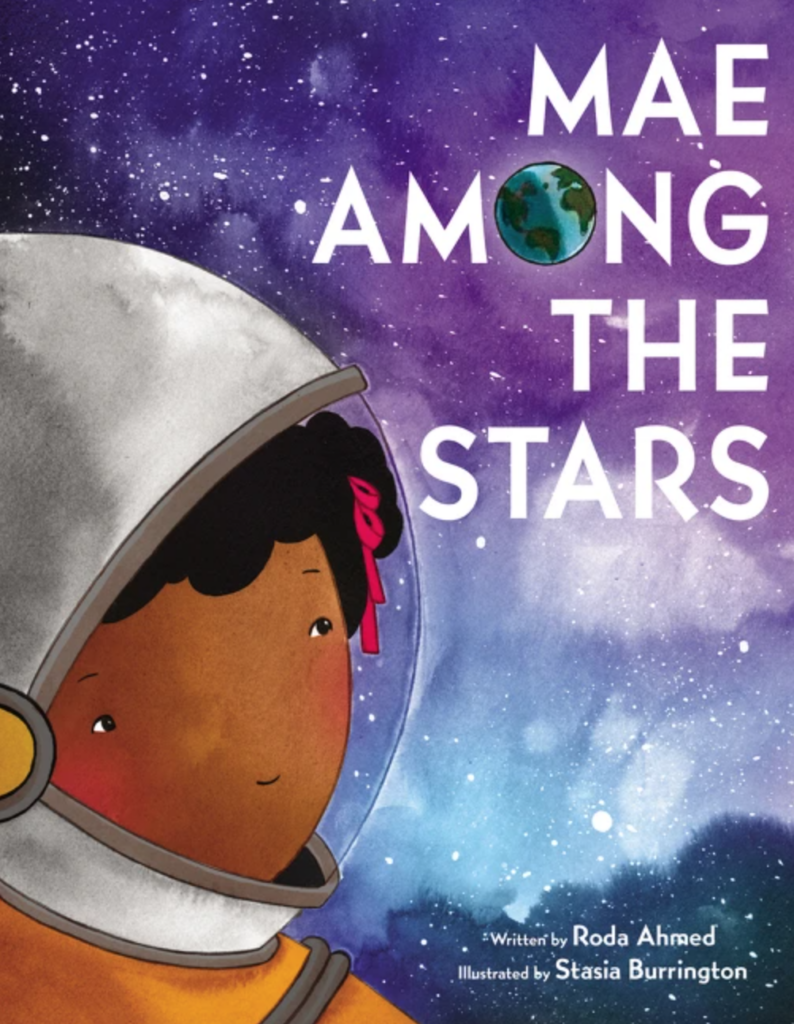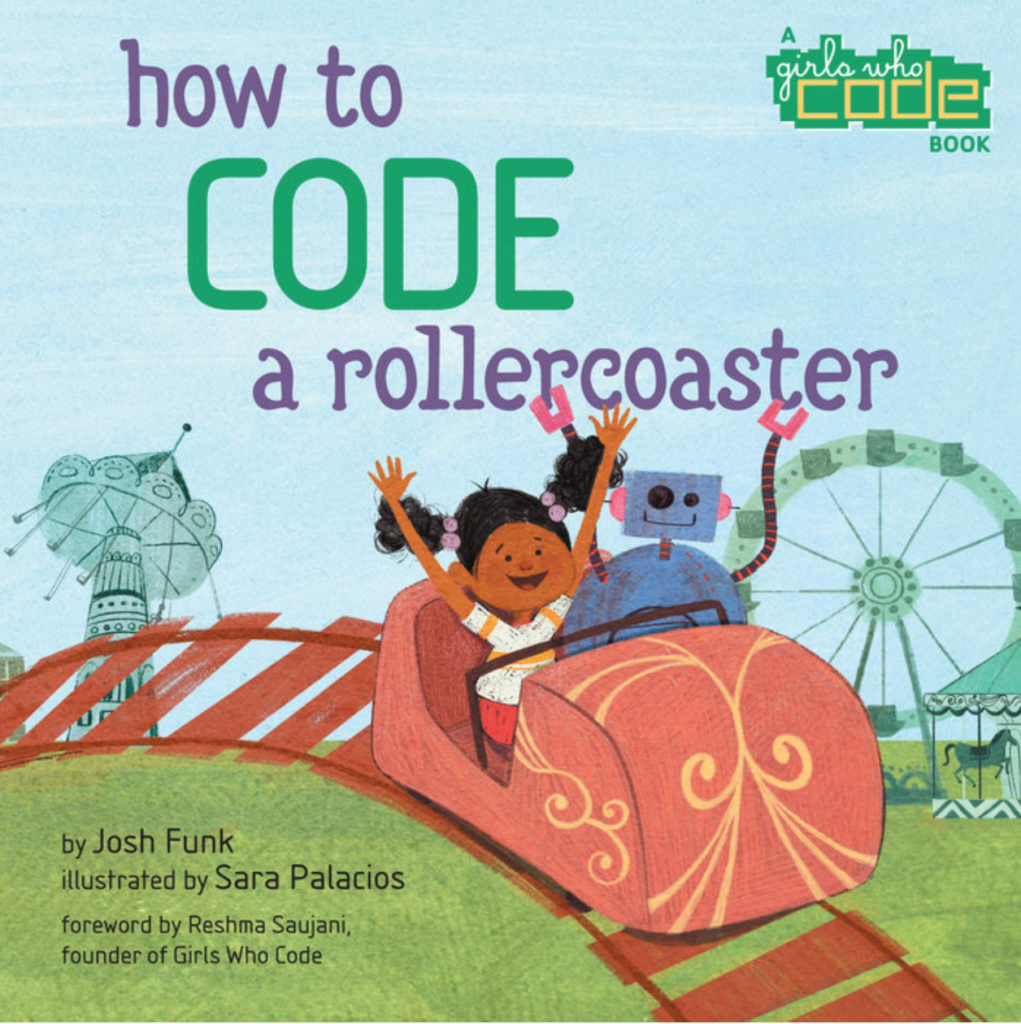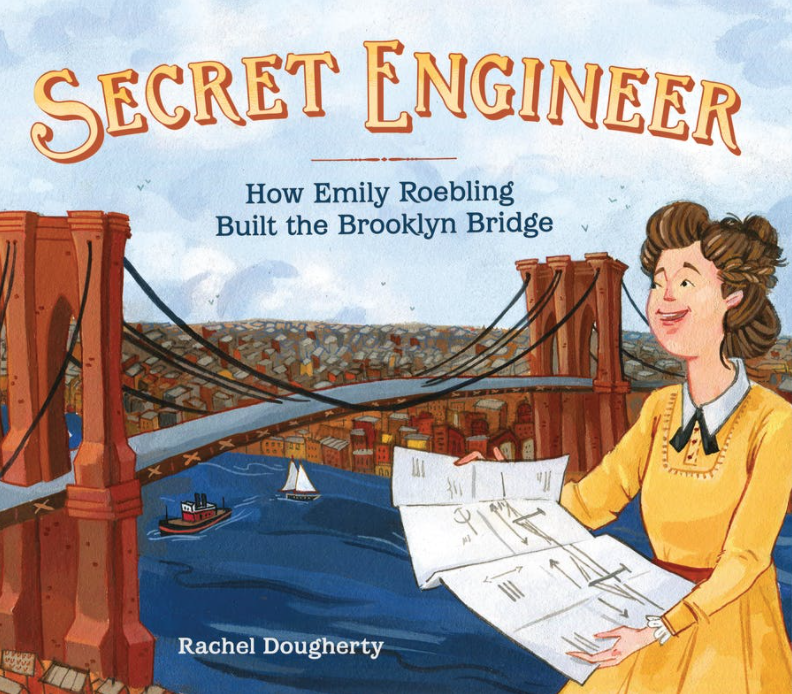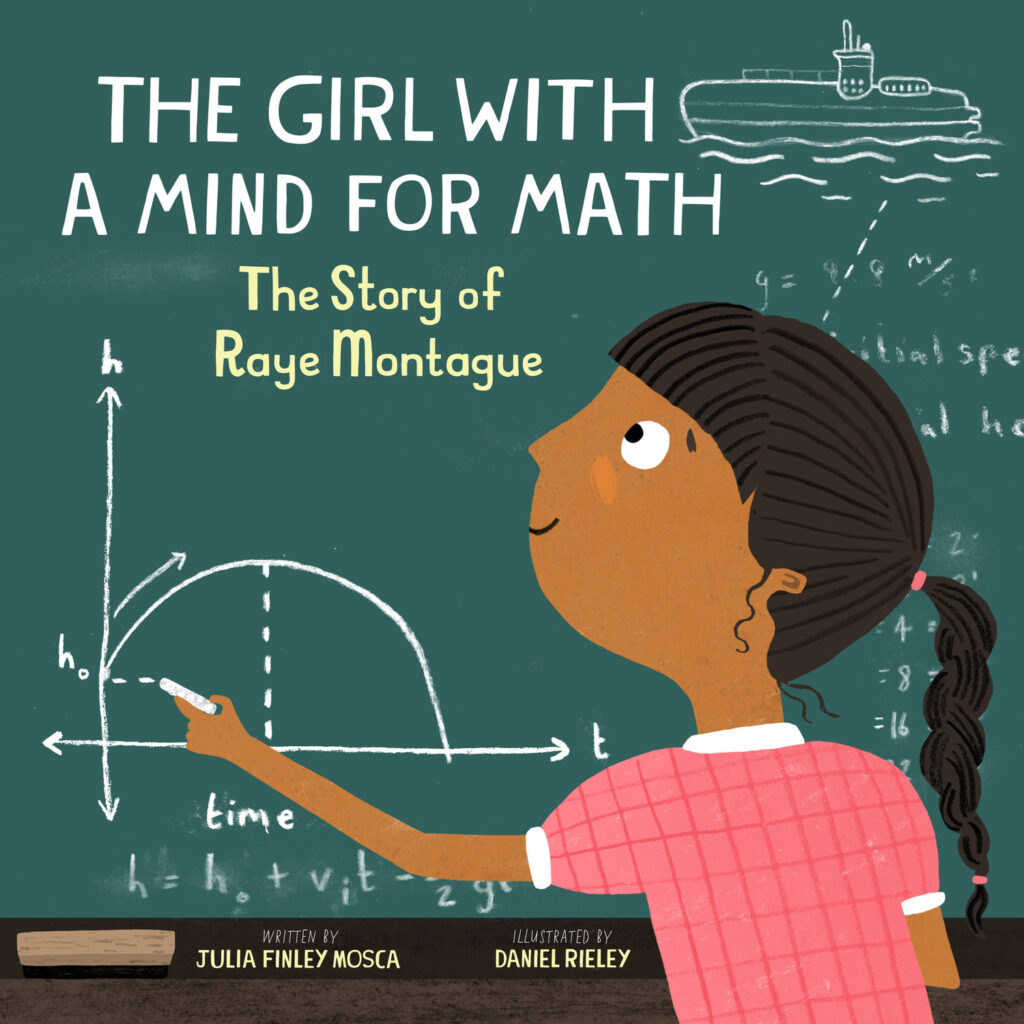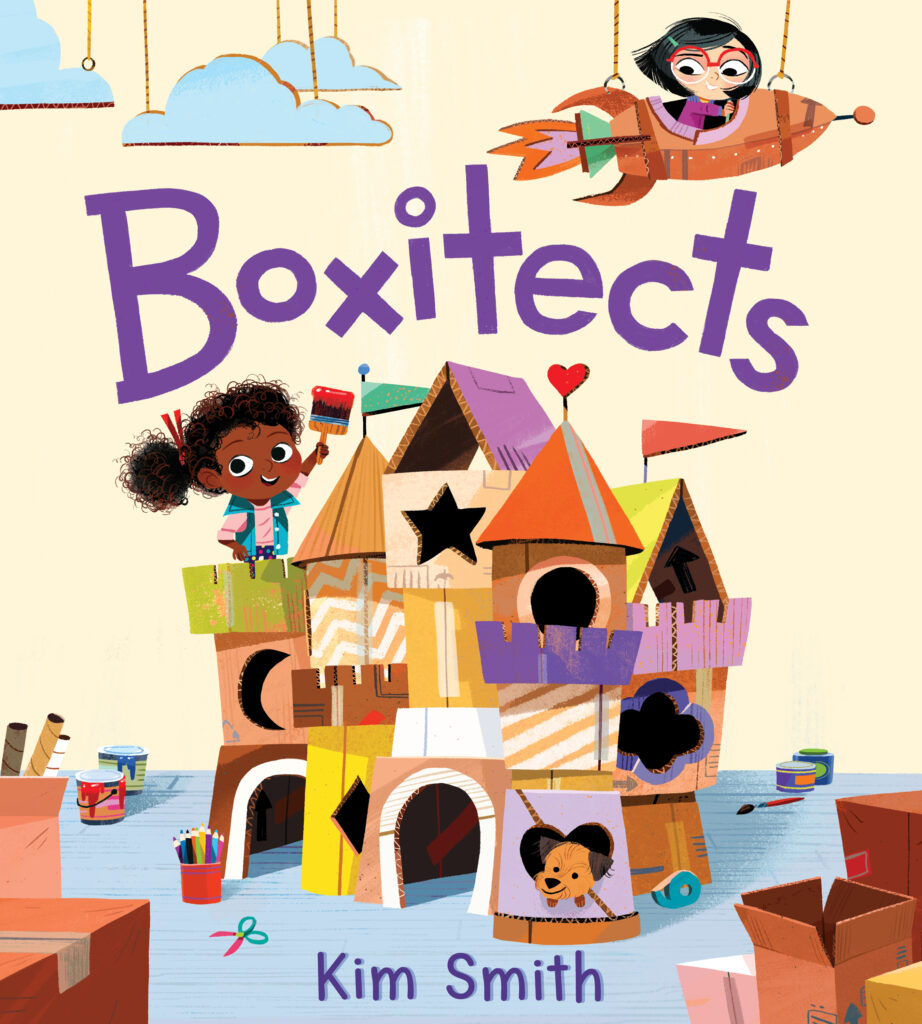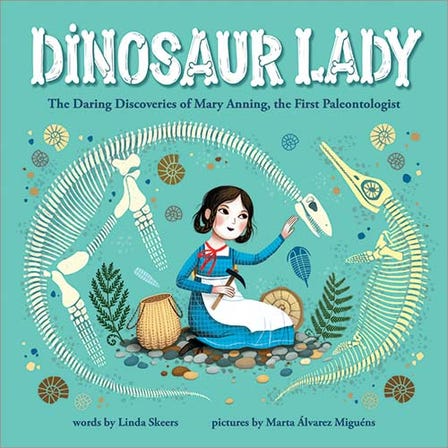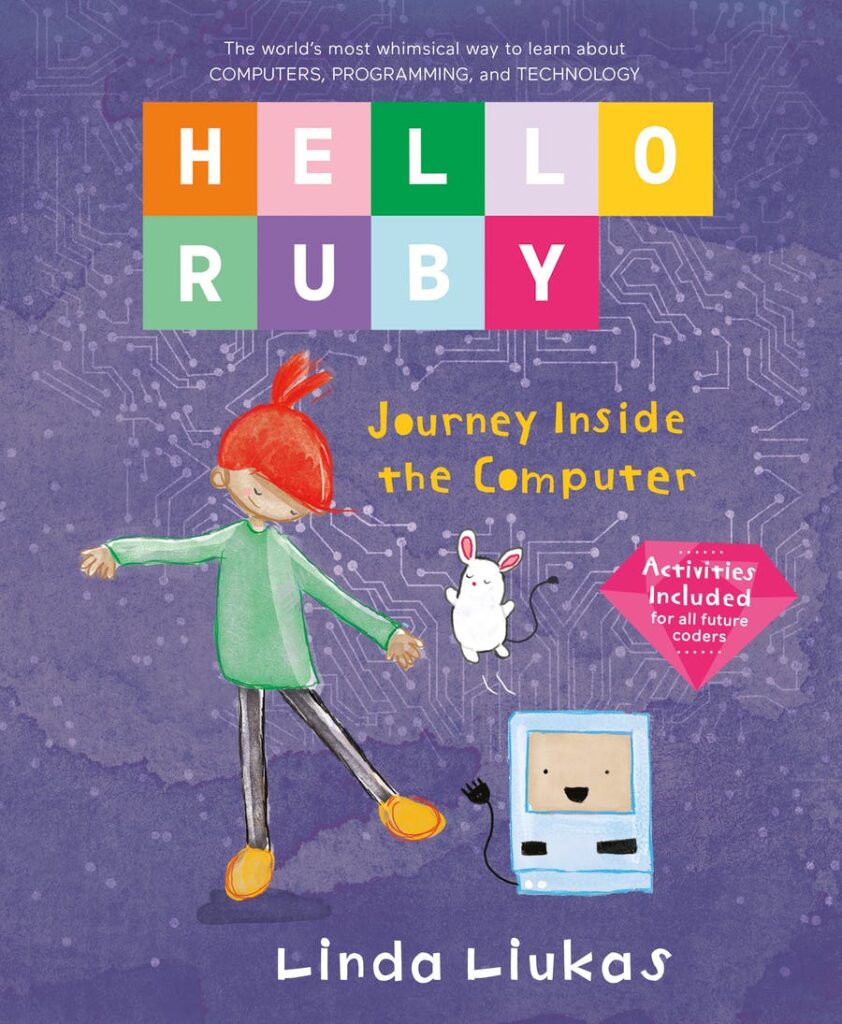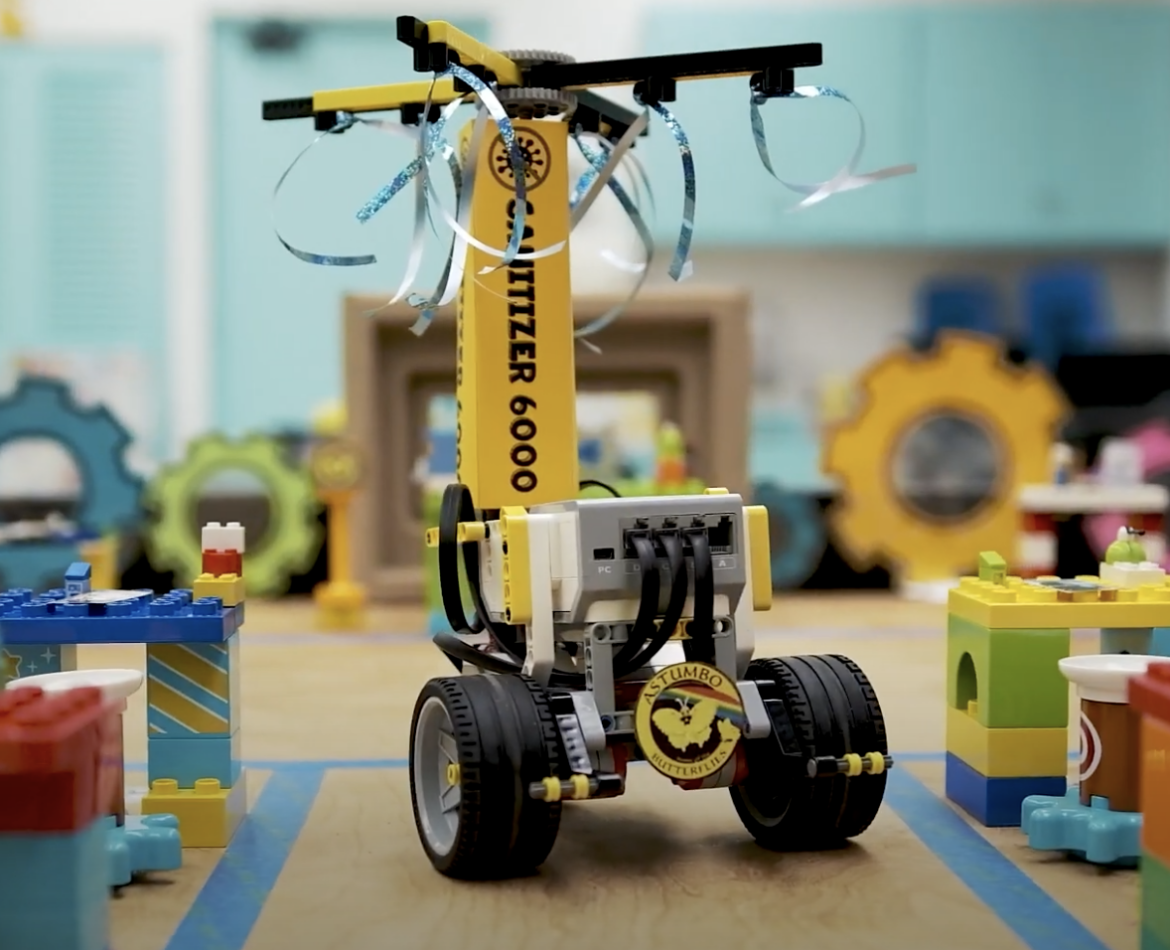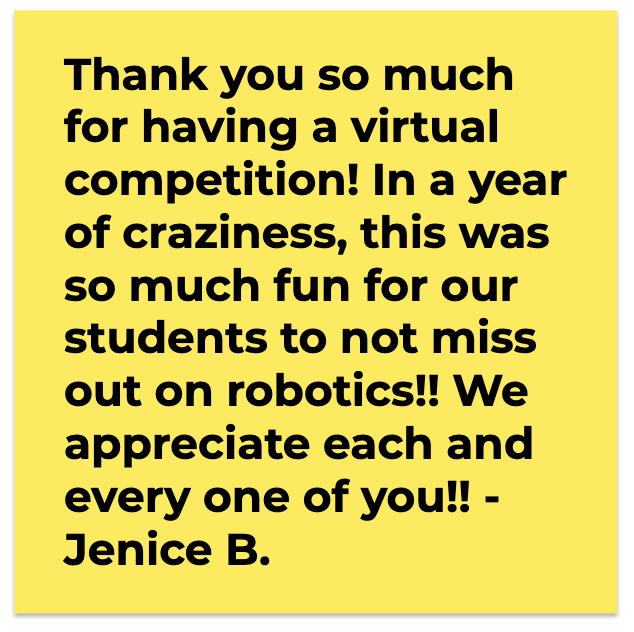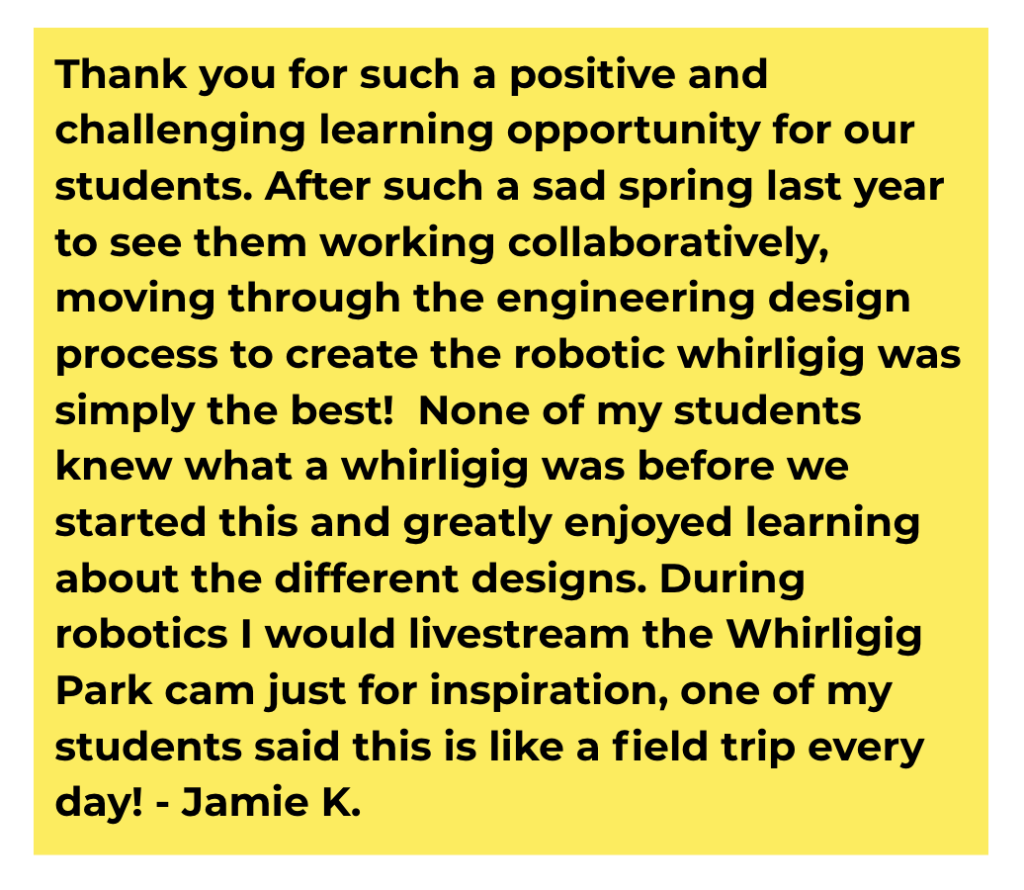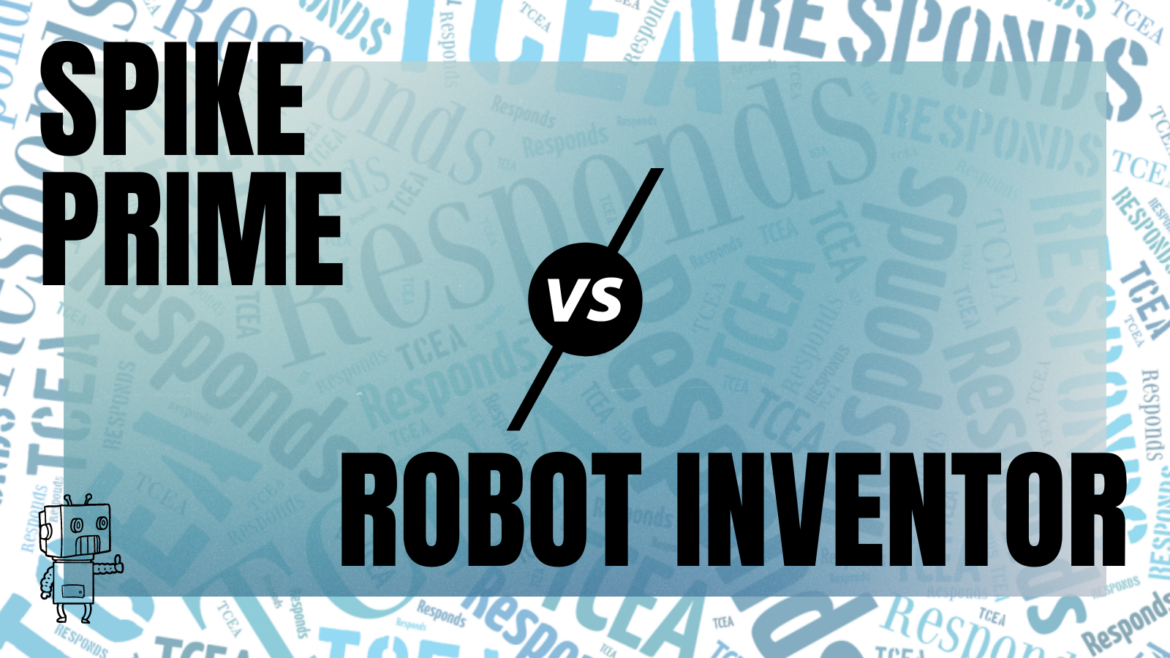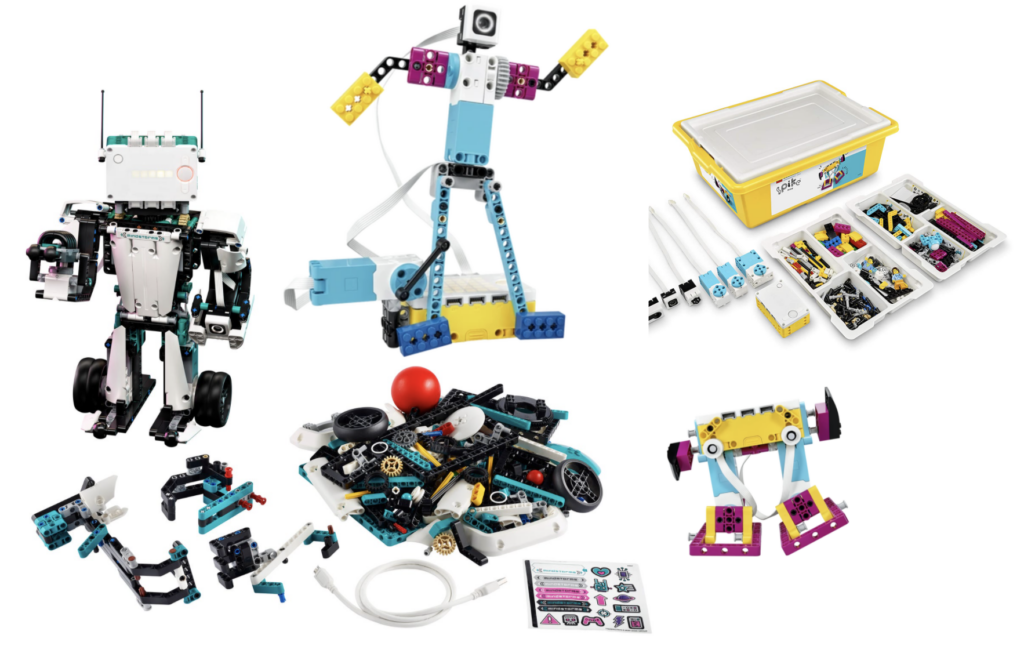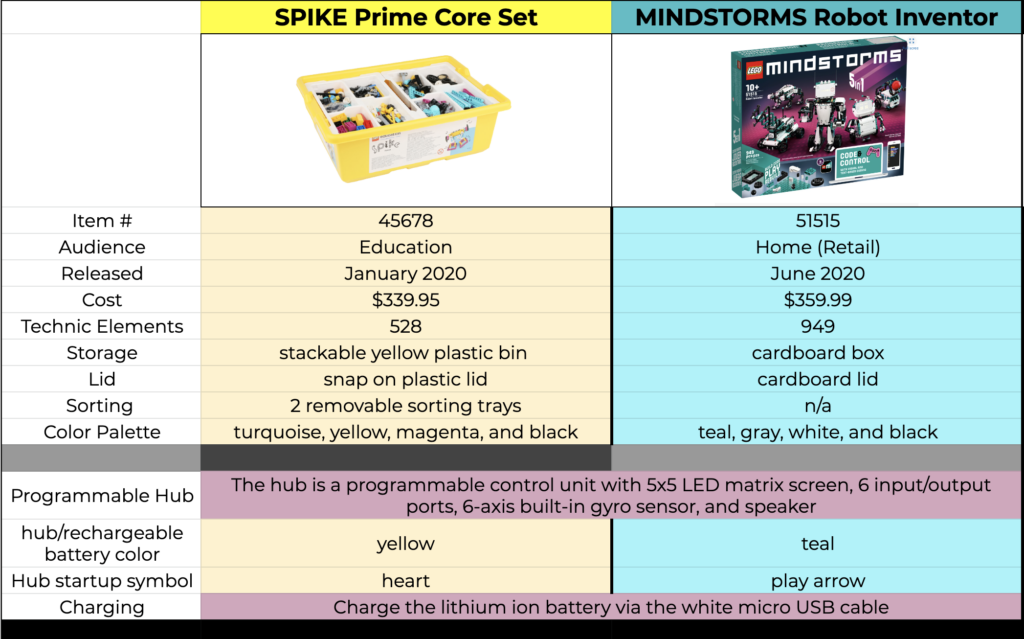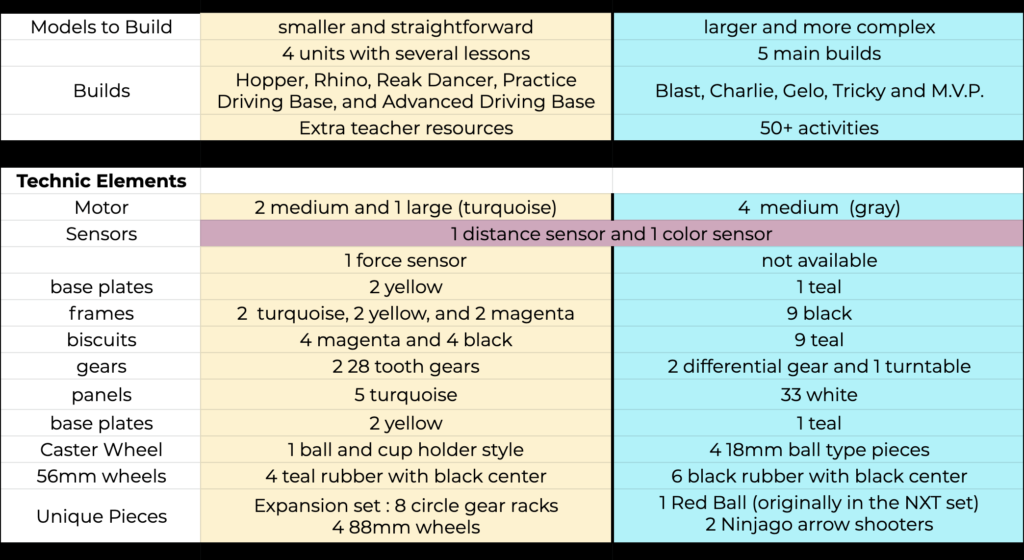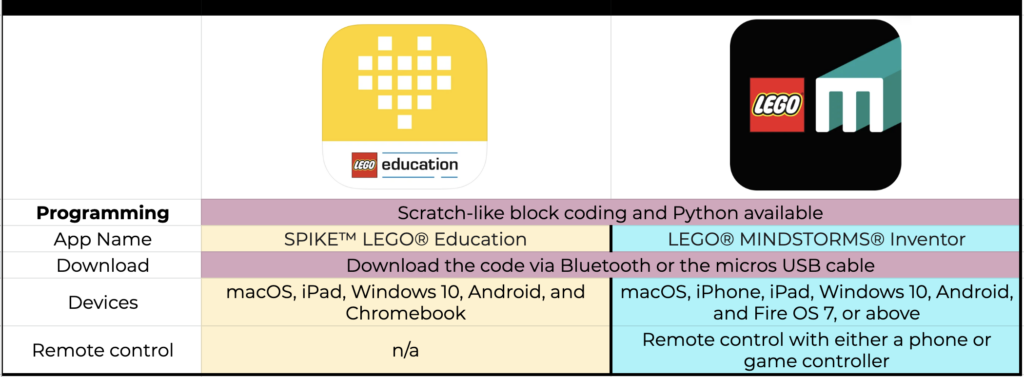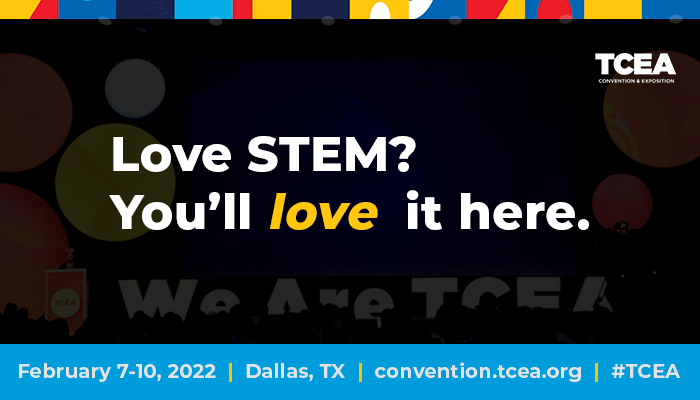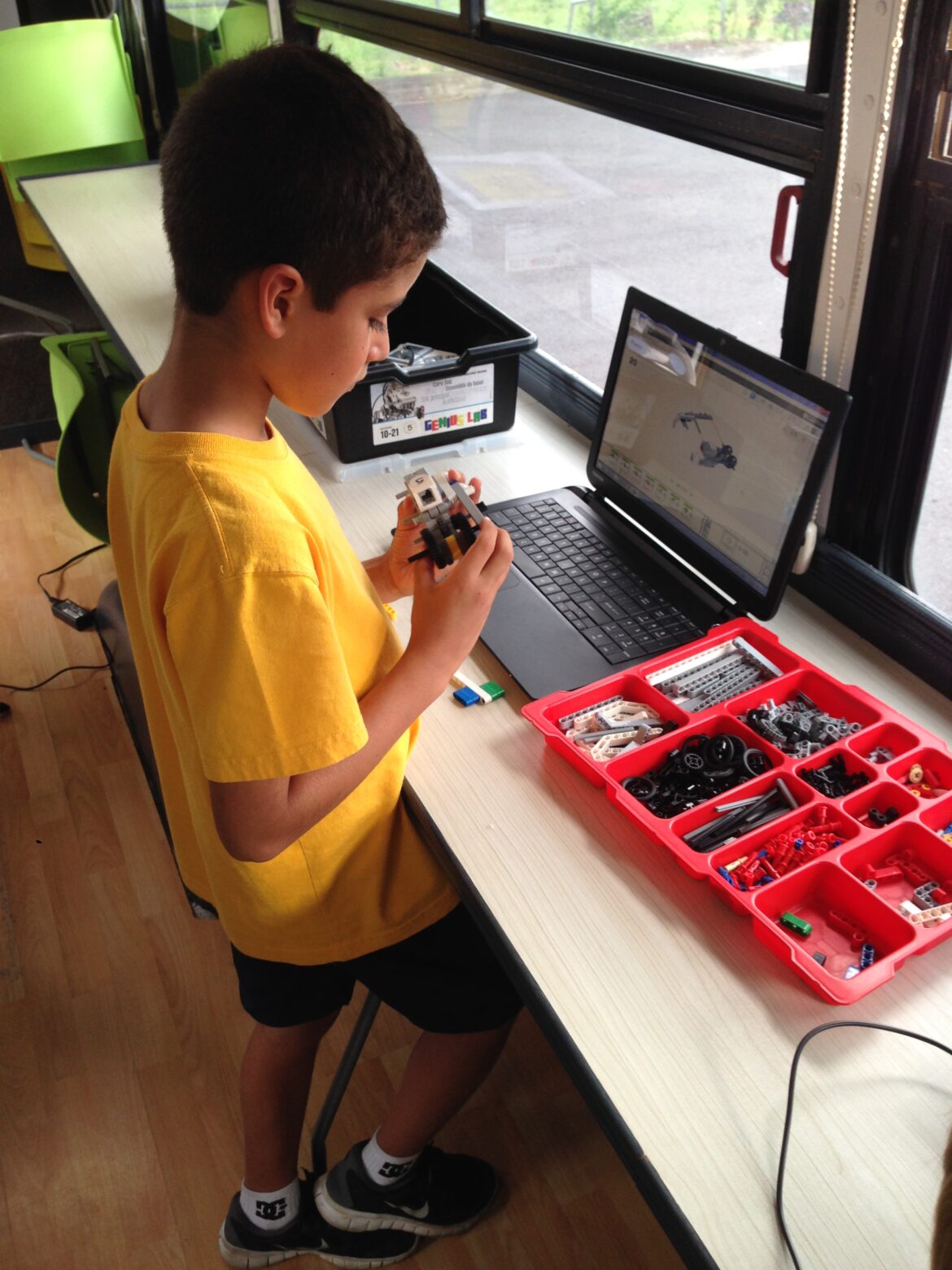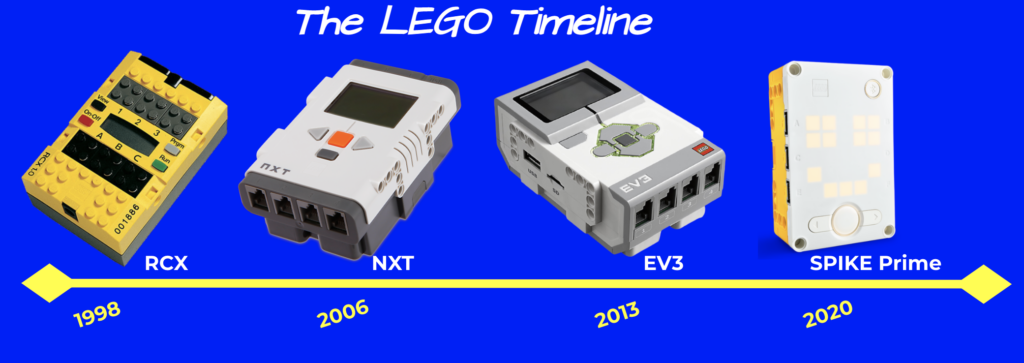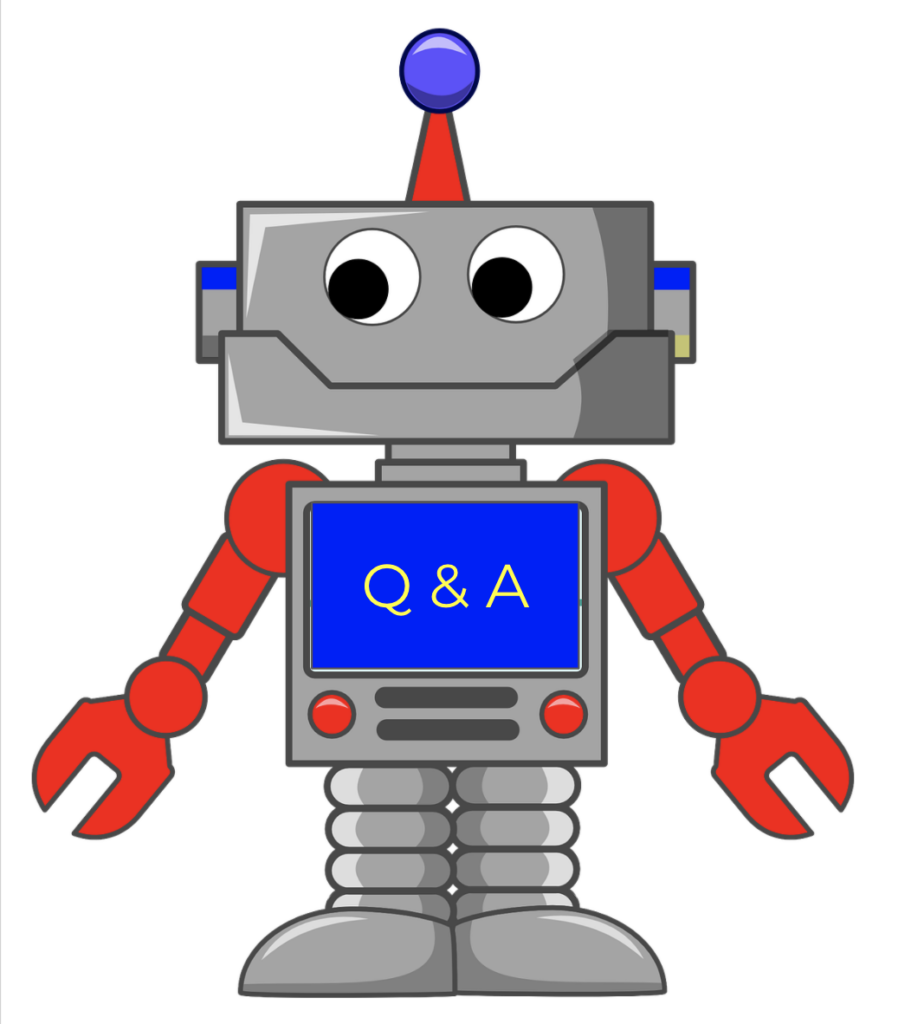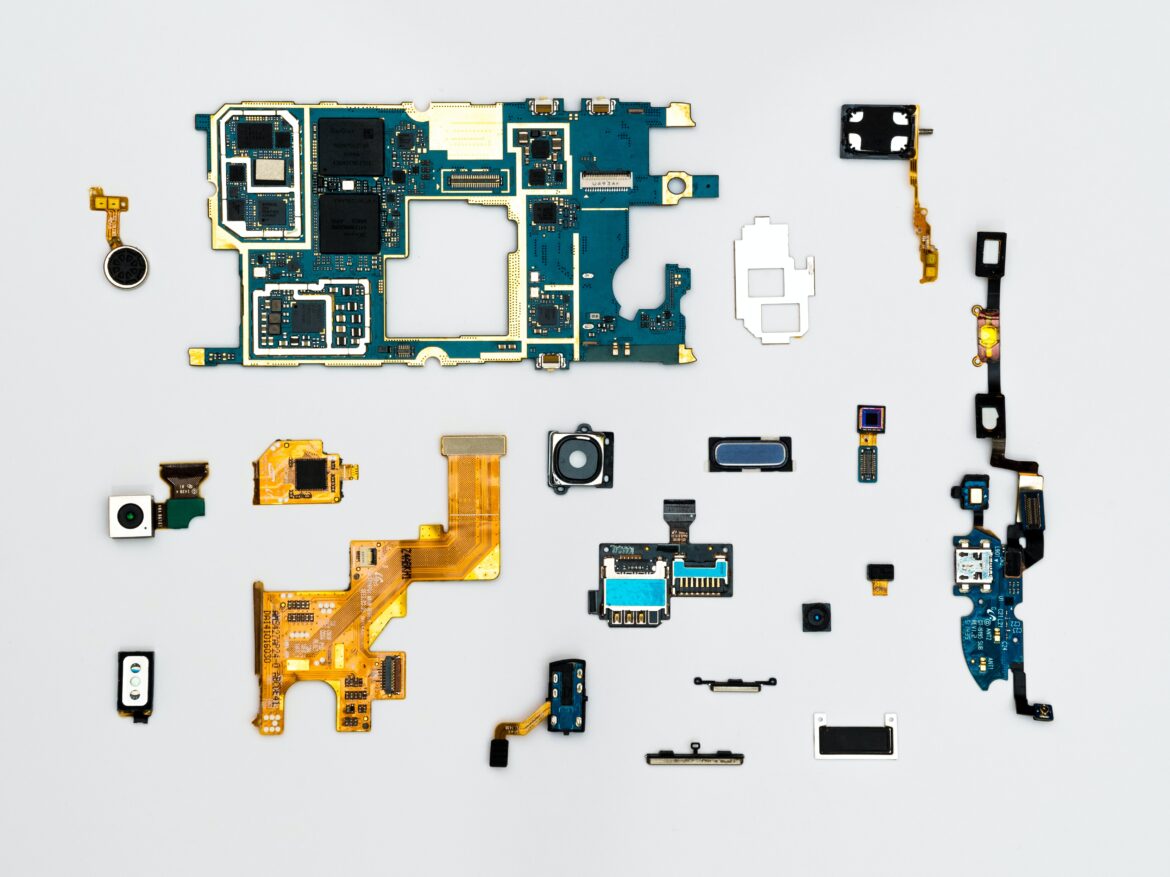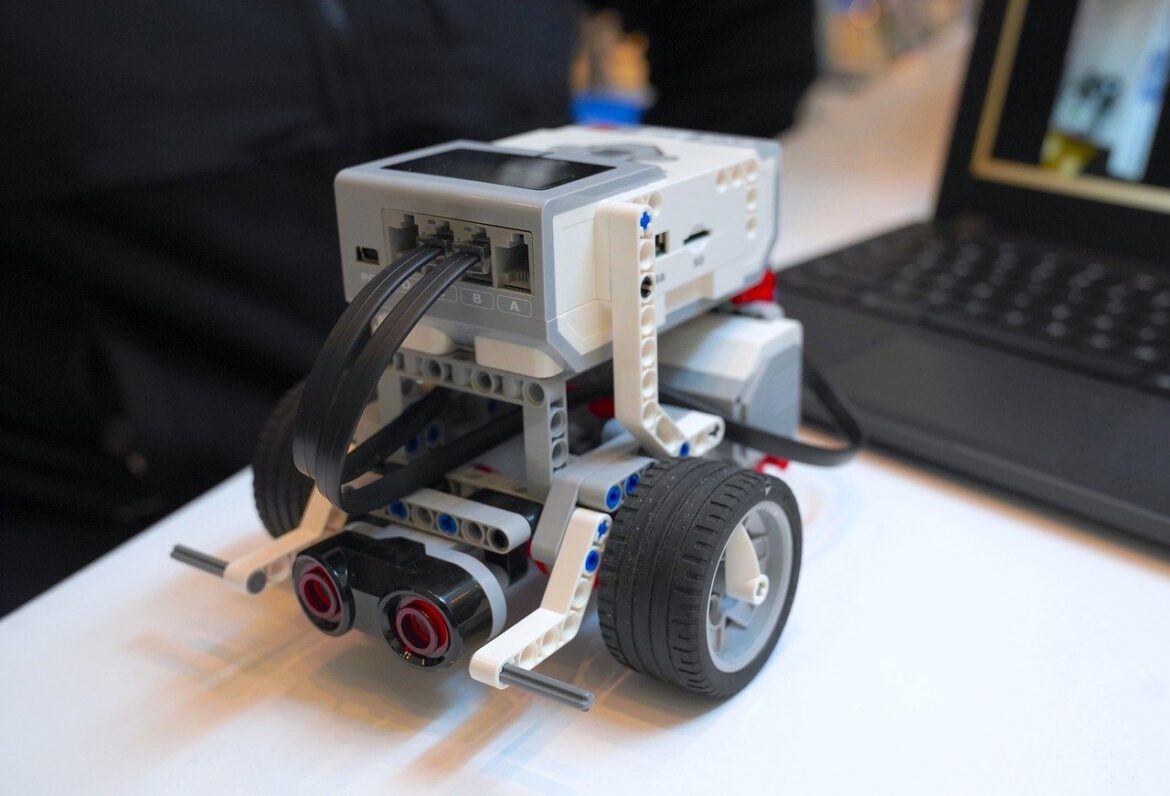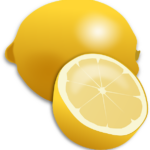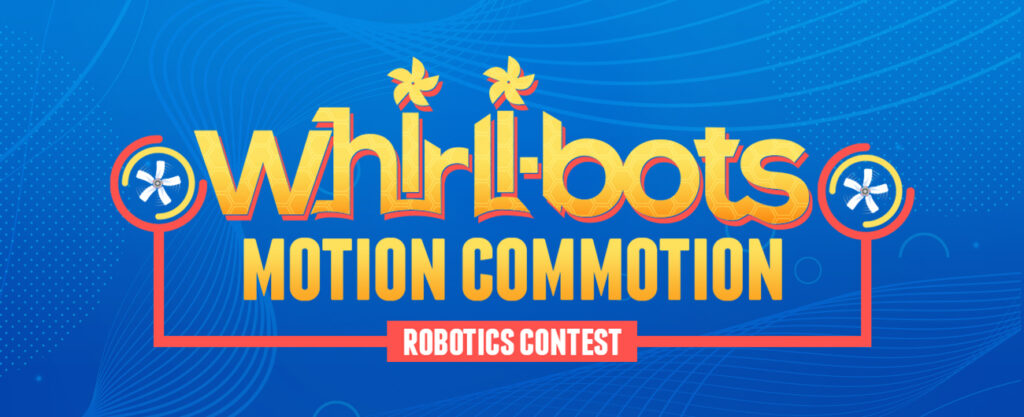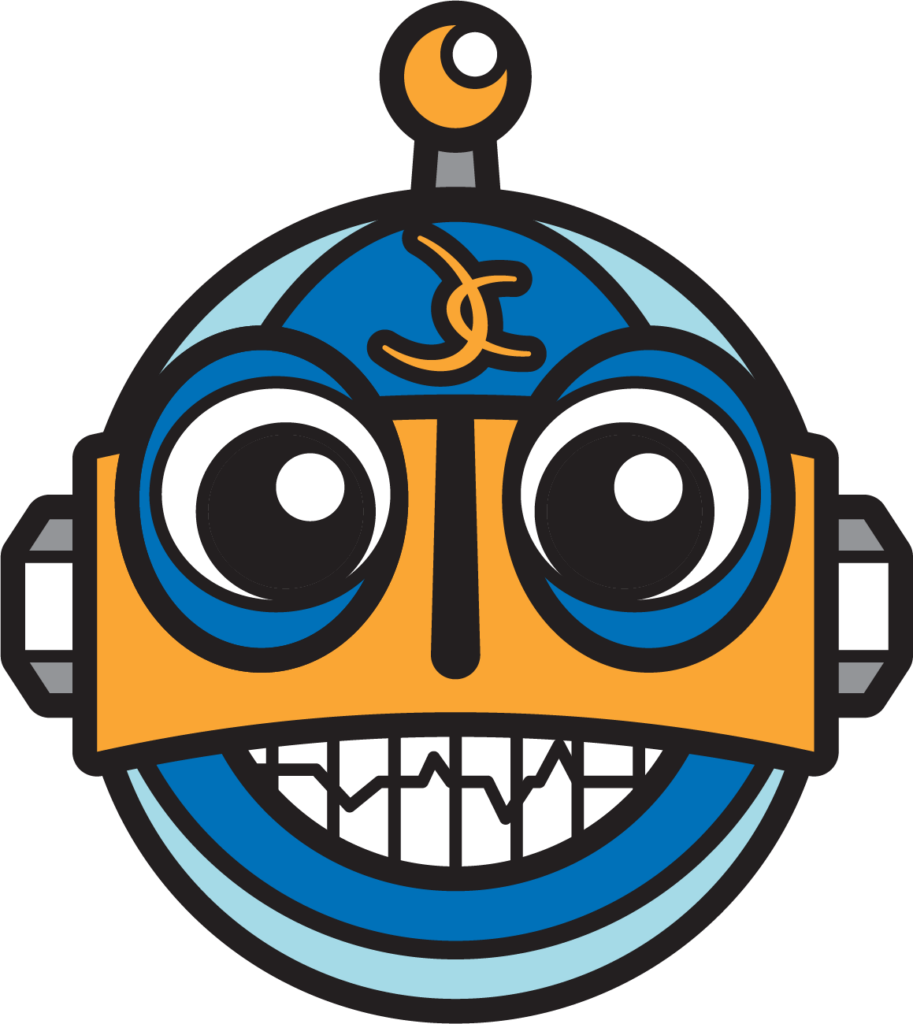Discover tools, tips, and strategies for teaching robotics. Explore resources to inspire creativity, problem-solving, and STEM learning in the classroom.
Educators in the TCEA Community and beyond want to know, “Will there be a robotics competition this year?” The answer is “yes” and “no.” Here’s the scoop. The “no” part: The TCEA State Robotics Contest has been discontinued. You can read more about this in the May press release located here. The “yes” part: TCEA area directors, or anyone else who would like to hold a contest, may offer one if they choose! And TCEA is providing a 2022 problem set.
The Problem Set

Even though the state contest has been discontinued, I knew there would be some classrooms, campuses, or districts that would want to hold a robotics contest. With that in mind, I wrote a new problem set. I want to make sure our members have access to a problem set if they choose to have their own contest. But holding the actual contest will now be up to individuals.
The new 2022-2023 problem set, Go, Go Cargo!, is available September 15. That’s today! The problem set is based on a shipping container port and follows the same competition structure introduced in last year’s contest, BUILD: WIDGETS, designed by Darren Wilson. The format structure consists of qualifier matches, seeded teams, alliance selection, and a single elimination tournament that Darren created for the contest last year.
Contest Components
- Go, Go Cargo! Game Manual
- Go, Go Cargo! Score Sheet
- Field Construction Frame Building Instructions
- Race For Time mat
- Previous TCEA Contests
- Google Form Quiz for Go, Go Cargo! Robotics Challenge
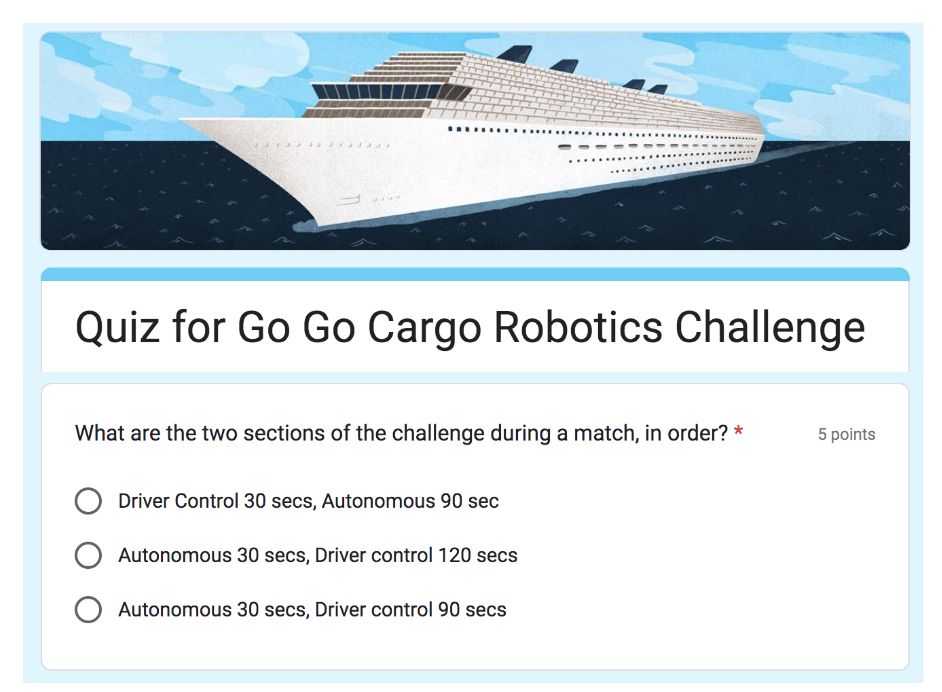
Additional Ideas
Jamie Gustin shares in the TCEA Community another option for robotics contests:
Most livestock shows have Ag Robotics competitions. Each one will have different rules and problem sets. The sticking point on these is that team members have to be members of 4H or FFA. You can talk to your campus ag teachers to find out what the requirements for membership are. Most fairs/livestock shows will also allow a certain number of non-member teams from schools in their county. I’ve found these Ag Robotics competitions to be challenging and enjoyable. Also, the Ag teachers know all of the school’s travel procedures very well and are great partners.
Jim Jewell shared a list of these:
- Texas 4-H Roundup Robotics Challenge
- Texas Tech GEAR Contest
- State Fair of Texas – AgRobotics Challenge
- Houston Livestock Show & Rodeo – Ag Robotics Contest
- Heart of Texas Fair & Rodeo
- San Antonio Livestock Exposition – AgRobotics Challenge
- San Angelo Stock Show & Rodeo – Junior Robotics Competition
The links shared above were assembled by Derrick Bruton at d-bruton@tamu.edu.
Questions? If you are a member of TCEA, join the Robotics Contest group to ask questions about Go, Go Cargo and find out what other coaches/sponsors (like Jamie Gustin) are sharing about robotics around the state.

